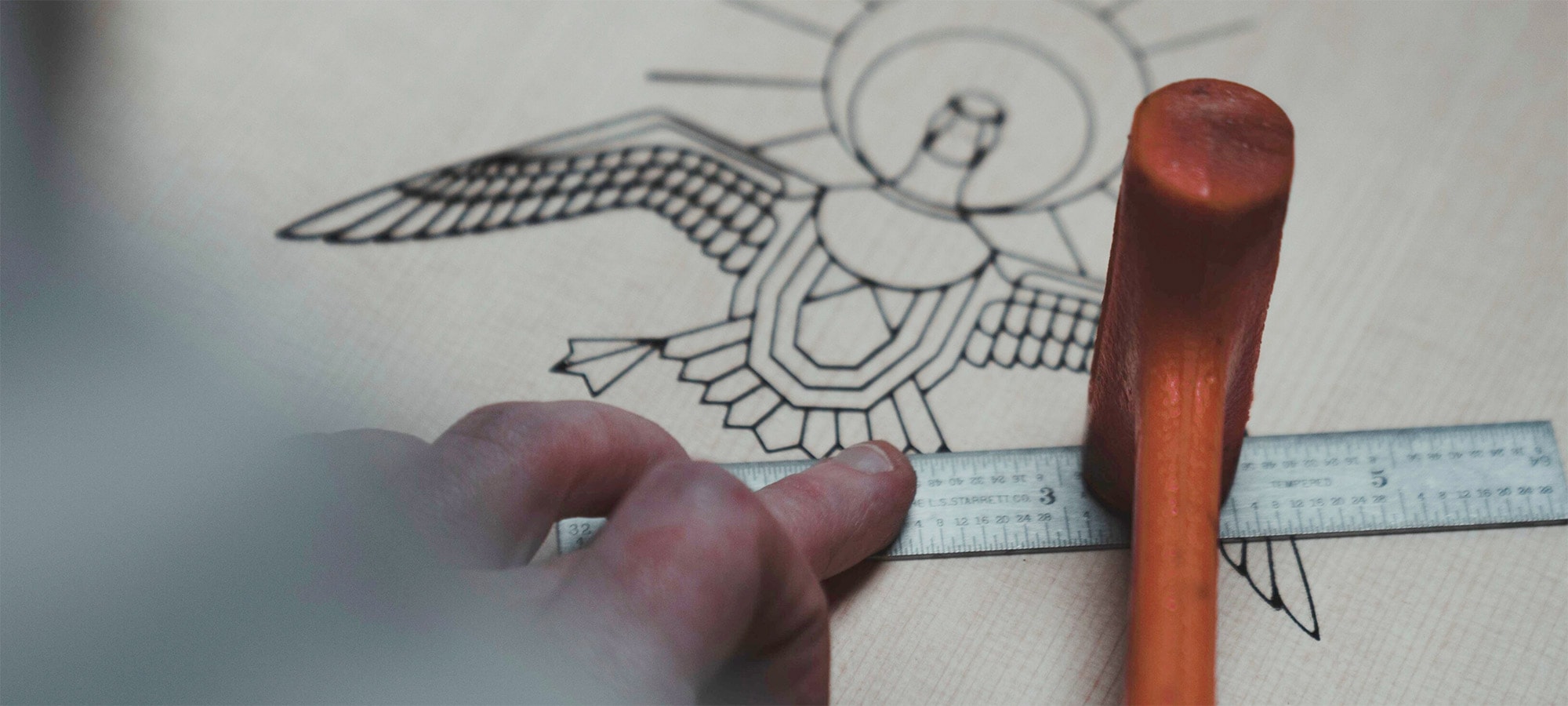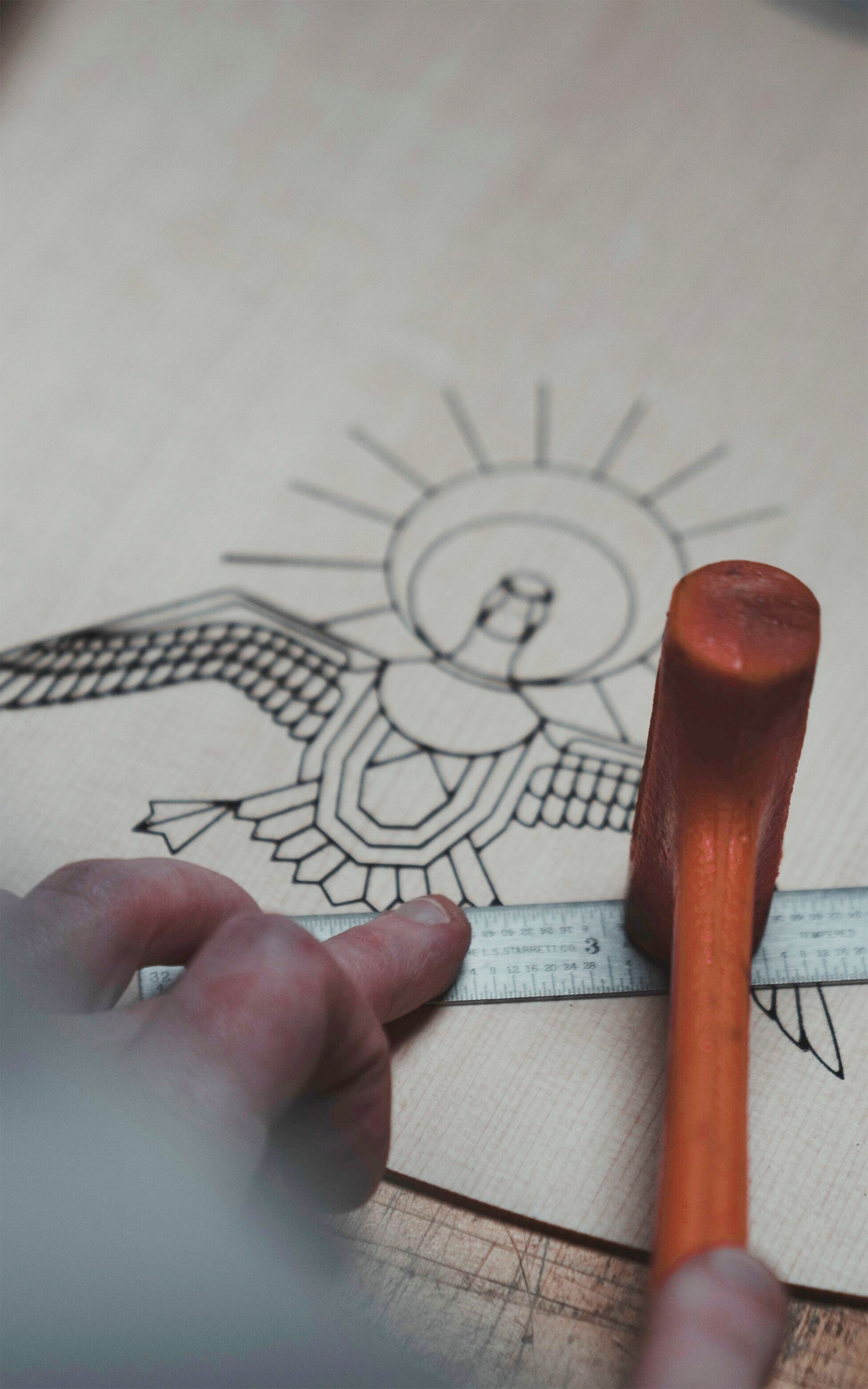Since 2019, we’ve combined science and stewardship to fuel natural systems through our Ecosystem Grants program. Last year our SITKA STUDIO project partnered with one of America’s oldest instrument makers, Martin Guitar, and three-time ACM Male Artist of the Year winner, Thomas Rhett, in a collaboration for conservation. Together we created a custom Martin guitar symbolizing our collective stoke for wild places, craftsmanship and music. The guitar was auctioned off to support waterfowl conservation across the nation.

We matched the money raised by the auction to fund waterfowl conservation and research projects across the major migratory flyways in North America. We are honored to feature and support the work of these highly respected organizations:
The University of Arkansas/Five Oaks Ag Research & Education Center
Where are the ducks? Hunters are voicing growing concerns about declining duck hunting quality. They are concerned that ducks are not showing up at the same places and times they once did, and when they do arrive, they are behaving differently. Waterfowl populations are shifting their winter distribution from factors such as degradation of bottomland hardwood forests, loss of rice production and climate change. Technological advances in tracking technologies have improved the ability to understand contemporary patterns in duck movements and distribution during the nonbreeding seasons which are of great importance to both conservation planners as well as waterfowl hunters. The collaborative project work of the University of Arkansas and the Five Oaks Ag Research & Education Center will continue to monitor patterns in migration chronology, distribution, and habitat selection of wintering mallards within the Mississippi Flyway. Researchers are studying how climate change, disturbance, and land use changes are influencing waterfowl movement and related hunting opportunities throughout the midcontinent. We are funding additional satellite transmitters that will be used in a continental scale collaborative effort. Mallard movement data will be used to help inform future habitat and forest restoration projects, management concerns, and policy decisions.

California Waterfowl
California's mallard population has been declining for the last two decades due to loss of natural nesting and brood rearing habitat and changing agricultural practices, along with prolonged drought conditions. The Sacramento Valley, once the top mallard-producing region in the state, has experienced the steepest decline. Traditionally, 70 percent of the mallards stay to breed in California when spring conditions are good. As winter turns into spring, and with little spring precipitation, the landscape in the Sacramento Valley changes drastically. Wetlands are drained for vegetation management, flooded basins and causeways dry up, and rice fields are flooded for the upcoming growing season, leaving little suitable habitat for nesting mallards. With limited nesting habitat, more mallards are leaving the state in search of better conditions. Currently, there is little transmitter data on adult mallards in the Sacramento valley. The majority of mallards with transmitters in California have been marked in the spring and summer months, after the Sacramento Valley transitions from winter to spring. With our support, California Waterfowl is deploying GSM/GPS transmitters on 20 adult male and female mallards to gain a better understanding of postseason migration patterns and mortality throughout the spring and summer. By combining the information they gather with the data from previous projects, they will have a more clear understanding of the ecology of the California mallard population and will be able to make more informed recommendations to farmers, biologists, and wetland managers in the Sacramento Valley.

Delta Waterfowl
Externally mounted GPS tracking devices are widely used to study waterfowl movements and behavior. Over the last decade, wildlife tracking technology and design improvements have resulted in the development of smaller devices with increased data storage and battery life. These advances have led to widespread use of these devices on waterfowl to tackle common questions about bird behaviors, including how land use explains duck movements, survival, and reproductive success. These state-of-the-art tracking devices can collect GPS locations frequently (up to once every 15 minutes) and their solar panels can recharge batteries throughout the complete annual cycle, allowing researchers to more accurately determine where birds are and how they use available habitat. However, it is unknown how these advanced full annual cycle devices and their attachment technique impact waterfowl. There are now thousands of GPS tracking devices deployed annually and yet there has been no effort to quantify the negative effects of the attachment techniques and devices on the birds longer than a single season. With our support, this ongoing study will evaluate and compare the impacts of the four attachment techniques, and two controls (geolocators and standard metal leg bands), comparing movements, behavior, survival and reproductive success of individuals fitted with GPS units to those not fitted with GPS units, and determine if attachment methods impact birds, what impacts occur when and which attachment method provides the most reliable and accurate information. This research will guide future GPS tracking projects and improve the reliability of data collected.

